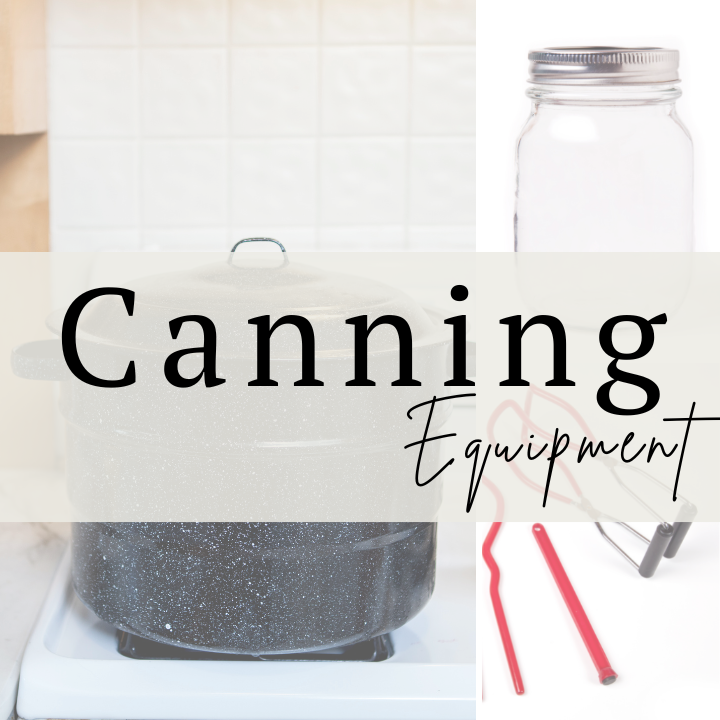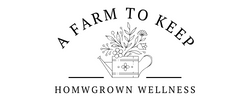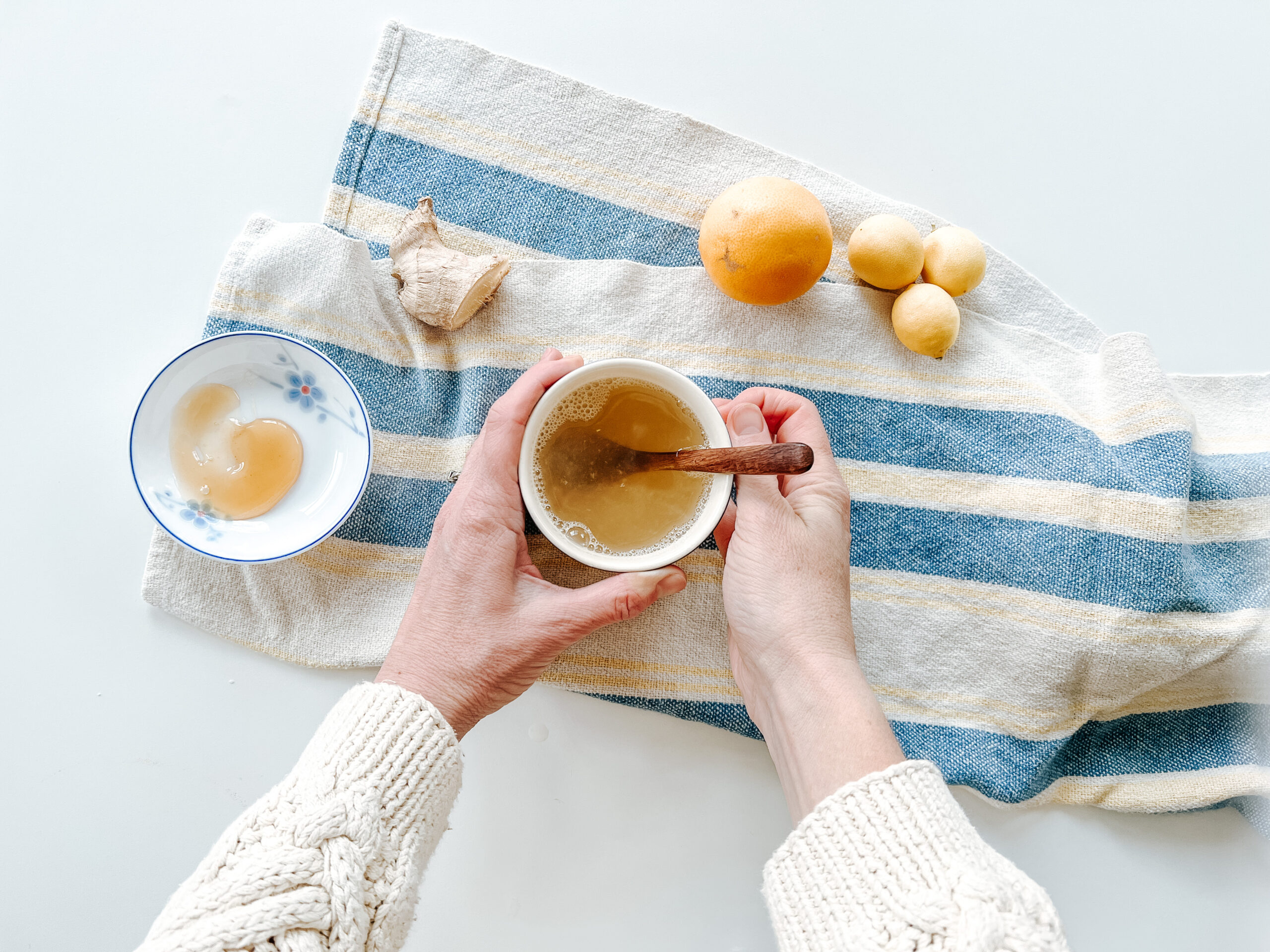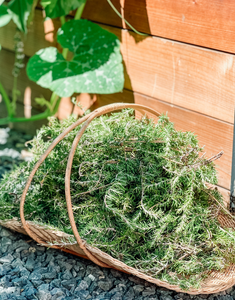Best and Easy Hibiscus Flower Tea Freezer Jelly Recipe
Try making the best hibiscus tea freezer jelly recipe and have delicious tangy jelly all season long. Capture the zest and tang of hibiscus flowers in this easy-to-make freezer jelly. It’s such a simple recipe to whip up to give as gifts or stock in your freezer to enjoy in the depths of winter.

The Health Benefits of Hibiscus
Hibiscus (Hibiscus sabdariffa or roselle) Is a flowering plant native to India and Malaysia. There are hundreds of varieties of Hibiscus plants, trees, and shrubs. The most commonly grown variety in culinary cooking and herbal medicine is the shrub Hibiscus sabdariffa, which features bright red flowers. The flowers can be consumed fresh or, when dried, used in tea.
Hibiscus is commonly grown in China, Sudan, Thailand, and Mexico regions. The shrub likes tropical climates and is often associated with Hawaii in the United States.
In herbalism and traditional and folk remedies, hibiscus is often used to aid in lowering blood pressure, reducing oxidative stress, reducing high cholesterol, and assisting in diuretic effects. All parts of the plant, especially the flower, contain high antioxidants. This includes vitamin c-making hibiscus tea an excellent source of this nutrient.
The tea has a tart and tangy taste, much like cranberry sauce.
Other Uses for Hibiscus
In addition to typically being included in teas, Hibiscus can also be used in botanical skin care. Infused in oils for the skin, hibiscus makes a potent skin toner. Steeped in vinegar, hibiscus makes a refreshing hair rinse.

How to Make Hibiscus Tea
Making Hibiscus tea is very simple. All that is required is water and a cup of dried hibiscus flowers. You could use fresh, beautiful flowers instead, but they are often more difficult to find than dried ones. Once the water and dried flowers are combined in a saucepan, bring the water with the flowers to a rolling boil for a few minutes. The result is a tangy and bright red tea. Use the tea as a main ingredient in the Hibiscus tea freezer jelly recipe.
How to Make Hibiscus Tea Freezer Jelly
The first step in making hibiscus tea freezer jelly is first to make the hibiscus tea. While the tea is steeping, prepare the canning jars and lids by sterilizing them in a boiling water bath for 10 minutes. This will ensure you have clean jars. Be careful as you place the jars into the hot water. Consider wearing over mits or other forms of protection for your hands. After they are sterilized, set them out to dry on a clean dish towel until you’re ready to use them. A folded towel is also good to have on hand for extra absorption. Once the tea and jars, and lids are prepped, you’re ready to make the hibiscus tea freezer jelly.

Canning Tools You Will Need
Although this is a very simple recipe to make, you will want a few specific canning tools including a large saucepan with valid for sterilizing your jars. A safety jar-lifter or also known as canning jar tongs. A funnel and a ladel are also helpful. Here is a list of the tools you will need for this recipe:
- Large saucepan or pot with a lid
- Wooden spoon
- Canning funnel or standard funnel
- Canning Tongs
- six regular-sized mason jar lids and metal screwtops
- six half-pint mason jars
- Large mixing bowl
- Small or medium saucepan
- Spatula
Ingredients for Hibiscus Tea
- 1 cup Dried Hibiscus Flowers
- 3 cups of Water
Ingredients for hibiscus tea freezer jelly
3 cups of prepared hibiscus tea infusion
2 tbsp. fresh lemon juice
5 cups of white cane sugar
1 pkg. SURE-JELL Premium Fruit Natural Pectin
3/4 cup water
Six regular canning glass jars and lids

Instructions for MakingHibiscus Tea Freezer Jelly
- Measure the hibiscus tea ingredients, add them to a large pot, and bring them to a boil for 5 minutes. Then, strain the hibiscus flowers from the tea by using a mesh sieve. Separate the flowers and throw them away while preserving the remaining hibiscus liquid. Set the pan aside and allow the tea to cool slightly.
- Add the prepared hibiscus tea to a large bowl and stir in the lemon juice.
- Add the exact amount of sugar to the tea and lemon mixture. Stir with a wooden spoon to mix and let stand for 10 minutes.
- In a separate small saucepan, stir one package of pectin into 3/4 cup of water and bring to a full boil. Boil for 1 minute, stirring constantly. Remove from heat.
- Add the pectin mixture to the hibiscus tea and sugar mixture and stir for 3 minutes or until the sugar is dissolved. Some grains of sugar may remain.
- Fill all the containers, leaving a 1/2-inch space at the tops of the jar for expansion during freezing. Then, wipe the rims with a cloth or paper towel. Then cover the jars with the lids.
- Let the jellies stand for 24 hours at room temperature or until set. Refrigerate for up to 3 weeks, or freeze for up to 1 year. Thaw the jars in the refrigerator before using them. Now you have delicious jelly!

How Do You Know Your Jelly Has Set?
There are a few ways to check that your jelly has set. Homemade jellies are not usually as thick as commercial jellies, and they may resemble more of a simple syrup consistency or thick liquid.
One of the best ways to check is to tip one of your filled jars slightly to the side and then back to standing. You will see the thickness of your jelly slip down the inside of the jar.
Another way to check that your jelly has been set is to test the top of the jelly with a spoon. Gently dip the tip of a spoon into the jelly and pull the spoon back out. Notice how the jelly sticks to the spoon and how fast it drips (or doesn’t at all) from the spoon.
What To Do If Your Jelly Doesn’t Set?
According to the Sure-Jell instructions, they have several methods to follow if you believe your jelly has not been set properly. You can follow their instructions or the instructions shared on the pectin you’ve used for your jelly recipe.
Consider your altitude. Your altitude and the time of year can also affect how your jelly sets. The insert provided with your pectin ingredient will give more details on adjusting based on your altitude.
Another thing to check is that you use the EXACT amount of sugar as indicated in the recipe. The right amount of sugar must be included; otherwise, your jelly will not set correctly.
What Is The Difference Between Jams and Jellies?
Traditional jams and jellies are synonymous, and are there a difference? Well, yes! Although both processes use commercial pectin, there are some key differences. Jams include mashed fruit, usually cooking down fresh fruit until it is thick and syrupy. A potato masher, immersion blender, or food processor is often used to reduce the fruit size but maintain the texture of a jam. Jellies, on the other hand, are made from strained fruit juice. There are no fruit pieces included in jellies.
Another option is to make preserves, including whole pieces of fruit sliced or sparingly cut up. A preserve might include fresh strawberries cut up and heated with just enough water and pectin to create a thicker spread. Homemade jam is sometimes more like fruit preserves instead of traditional jams.
More Ways to Enjoy Hibiscus Tea Jelly
Hibiscus tea jelly is a fun addition to morning toast and afternoon crackers or a glaze for roasted chicken. Jellies are a versatile addition to your cooking and can make any recipe or meal go from blah to wow! I hope you will make this fast and simple recipe the next time you’re longing for the bright feelings hibiscus flowers induce.







Can you process this jelly in a water bath instead of freezing?
Hi Susan,
Thank you for your great comment. Yes, you can certainly process this jelly in a water bath instead of refrigerating. Follow the standard process for water bath preserving from Ball Canning Jar company for the best results.
Thanks.